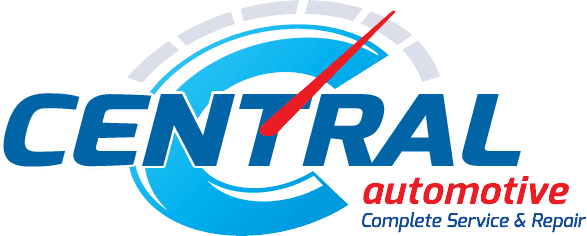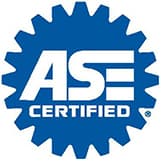Keep in mind that there is a time frame difference depending on the model of your BMW.
The information listed below is for the most current models, consisting of the year 2000 and newer. This is a general description of services; however, older models have a different time frame and inspection process. There were four types of inspections, and we have listed three below. This updated maintenance schedule is not as confusing as the old one. We always recommend oil service and inspection to be customized to the specific vehicle, driver, and how the vehicle is used.
Your car will indicate to you when it is time for a checkup with a service light, but it is best to keep in mind that the basic rule of thumb is to bring it in every 10,000 miles, or at least once a year.
Every 10,000 miles or 12 months
Safety & Oil Service
- Oil Change
- Oil Filter Change
- Brakes
- Horn
- Windshield Wipers and Wiper Fluid
- Indicator Lights and Dashboard Warning Lights
- Steering Linkage
- Engine Coolant
- Rubber Belts and Hoses
- Suspension components
- Check for fluid leaks
- Check Tire pressure
First 30,000 miles, then every 60,000 miles after that
Inspection 1
- This includes everything from prior inspections
- Verify the Engine temperature
- Check Power Steering System, Rear Axle, and Transmission for leaks
- Check the Exhaust System for leaks, proper positioning and mounting, and overall condition
- Check Front Control Arm and Bushing for wear
- Check Steering System for absence of play and overall condition
- Clean the Brake Pad Contact Points, check the Brake Disc Surfaces, and examine the thickness of your Brake Pads
- Examine Brake Lines and Clutch System connectors for leaks, damage, and proper positioning
- Check positioning and movement of Parking Brake Cables
Tires and Wheels
- Check Tire pressure on all Tires
- Examine Tires for wear and even tread
- Grease Wheel Center Hubs
- Read Diagnostic System
- Check Antifreeze, Coolant, Brake, Clutch, and Windshield Washer fluid levels
- Examine Engine Cooling System/Heater Hose Connections for leaks
- Check that Air Conditioning is working correctly
- Perform a Battery Load Test, check the electrolyte levels of your Battery, and reset Service Indicator
For the Body and Interior:
- Check interior and exterior lighting for functionality
- Check Indicator lights, Instrument panel, and Dashboard for illumination and control
- Check Washer and Wiper System
- Check Safety Belts and visually check Airbag Units for damage
- Check Heating, Air Blowers, and defoggers
- Check Mirrors
To complete the inspection, there should be a short road test to finalize that the car is in proper working order.
Every 60,000 Miles
Inspection 2
- All components of Inspection 1
- Inspection of Parking Brake Lining
- Replacement of Spark Plugs
- Replacement of Air Filters
- Examination of Flexible Boots for leaks
- Inspection of the car body for rust, per your rust prevention warranty
If you follow this recommended schedule, here is an outline of what inspections you would go in for during the first 120,000 miles:
- 10,000 miles: Oil & Safety Check
- 20,000 miles: Oil & Safety Check
- 30,000 miles: Inspection 1
- 40,000 miles: Oil & Safety Check
- 50,000 miles: Oil & Safety Check
- 60,000 miles: Inspection 2
- 70,000 miles: Oil & Safety Check
- 80,000 miles: Oil & Safety Check
- 90,000 miles: Inspection 1
- 100,000 miles: Oil & Safety Check
- 110,000 miles: Oil & Safety Check
- 120,000 miles: Inspection 2











